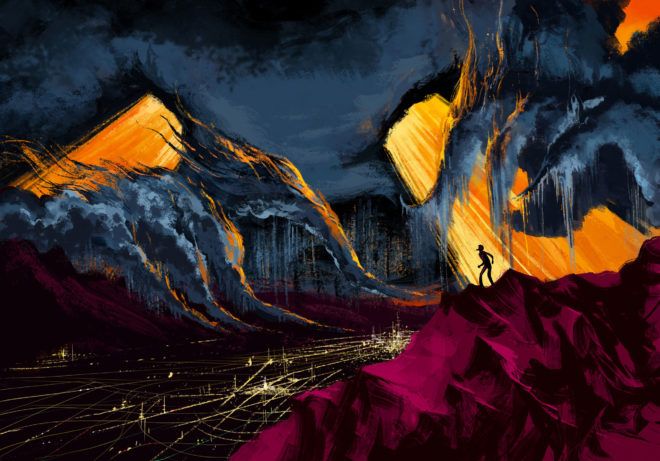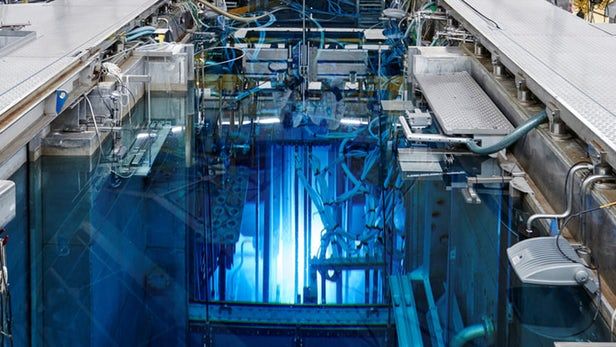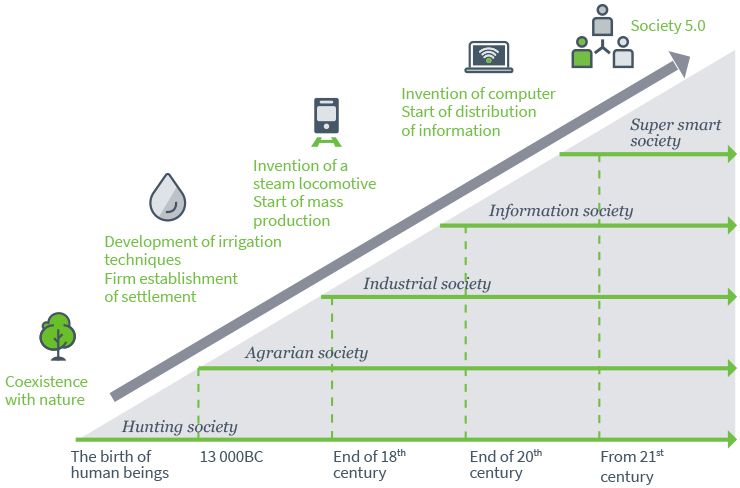Category: futurism – Page 1,190
With the USS McCain collision, even Navy tech can’t overcome human shortcomings
With the USS McCain collision, even Navy tech can’t overcome human shortcomings.
One mistake can cascade into a disaster in heavy marine traffic, regardless of tech.

How to Survive the Great Tech Panic of 2017
Of course, every generation regards its reckoning with new technology as a turning point for the species. But what’s important to realize, whether our blip in history is truly pivotal or just another moment of five-alarm normalcy, is this: The choices people make in the face of anxiety always determine whether the world they leave behind looks more utopian than dystopian.
Every generation regards its reckoning with new technology as a turning point for the species. You just have to learn to stop worrying and love the future.

Thorium salt reactor experiments resume after 40 years
Scientists at the Nuclear Research and Consultancy Group (NRG) the Netherlands, are looking back to the 1970s to meet the energy needs of the future. For the first time since 1976, the NRG team is conducting experiments in thorium molten salt reactor technology that could lead to cleaner, safer nuclear reactors capable of supplying energy on a global scale.
Futurist Gray Scott: We are Part of a Technological Cosmos
How will our relationship to technology evolve in the future? Will we regard it as something apart from ourselves, part of ourselves, or as a new area of evolution? In this new video from the Galactic Public Archives, Futurist Gray Scott explains that we are a part of a technological cosmos. Do you agree with Scott that technology is built into the universe, waiting to be discovered?
Follow us on social media:
Twitter / Facebook / Instagram
Follow Gray Scott:
Climate change to be a crisis for the 1%?
Point discussed at 1:31 in the video: https://youtu.be/VJ_qtKf64Is?t=1m3s
From the conference text at: https://www.academia.edu/34323947/Mont_Order_July_2017_Conference_Text
- “Climate change not likely to be stopped, likely to result in a crisis. No resources may be left for next generation.“
- “Crises occurred in the past, and the 1% lost the most. The 99% are likely to survive climate change by struggling through anything (droughts, resource shortages, food shortages, economic crashes etc.) whereas the 1% could lose everything.”
- “If the elite crack under pressure as Donald Trump does, this supports the above. The future of the 1% during a climate change crisis could be a larger scale version of the insanity that grips people who suffer a financial loss and become homeless after a relatively normal life.”
- “As above, the Great Depression did not impact average person, but drove stockbrokers and other wealthy people to ruin or suicide.”

How to Watch and Photograph the Eclipse
WIRED’s Brent Rose goes over some of the best ways to watch this year’s total eclipse.
Still haven’t subscribed to WIRED on YouTube? ►► http://wrd.cm/15fP7B7
CONNECT WITH WIRED
Web: http://wired.com
Twitter: https://twitter.com/WIRED
Facebook: https://facebook.com/WIRED
Pinterest: https://pinterest.com/wired
Google+: https://plus.google.com/+WIRED
Instagram: http://instagram.com/WIRED
Tumblr: http://WIRED.tumblr.com
Want even more? Subscribe to The Scene: http://bit.ly/subthescene
ABOUT WIRED
WIRED is where tomorrow is realized. Through thought-provoking stories and videos, WIRED explores the future of business, innovation, and culture.
How to watch and photograph the eclipse | OOO with brent rose | WIRED.